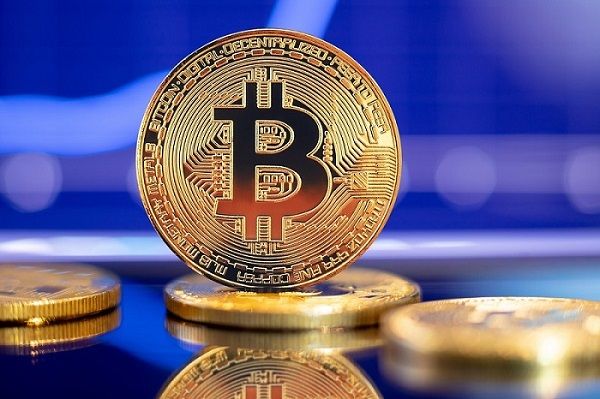US Dollar Index (DXY) drifts lower to 98.50 amid speculation about the next Fed Chair

- The Dollar extends losses on Wednesday with all eyes on the Fed Chair nominee.
- Trump is expected to nominate a loyalist seeking higher support for his lower rates agenda.
- Soft US data has brought stagflation concerns back to the table.
The US Dollar is trading lower on Wednesday, weighed by a combination of renewed stagflation concerns following weak US macroeconomic data and investors’ caution, awaiting Trump’s nominee for the Fed Chair.
The US President narrowed down the number of candidates to four after the rejection of Treasury Secretary Scott Bessent. The best positioned are the National Economic Council Director, Kevin Hassett, and former Governor Kevin Warsh, both proponents of an easier monetary policy.
Governour Crhistopher Waller and David Malpass, a former Trump administration official and ex-president of the World Bank, complete the list.
Investors are reluctant to buy the US Dollar on Wednesday, awaiting Trump’s decision, which, he said, will be announced shortly. Trumpo will also appoint the replacement for the resigning board member Kugler, also highly likely a loyal dove, which might undermine the market’s confidence in the central bank’s independence.
All this comes in the context of renewed concerns about stagflation, following an unexpectedly weak US Services PMI report on Tuesday. The data revealed that activity stalled in July, with employment declining, export orders falling, and prices rising.
The ISM paints a picture of a stagflationary economy that sets a dilemma for Federal Reserve policymakers and that triggered a significant decline in the US Dollar when similar concerns appeared earlier in the year.
Fed FAQs
Monetary policy in the US is shaped by the Federal Reserve (Fed). The Fed has two mandates: to achieve price stability and foster full employment. Its primary tool to achieve these goals is by adjusting interest rates. When prices are rising too quickly and inflation is above the Fed’s 2% target, it raises interest rates, increasing borrowing costs throughout the economy. This results in a stronger US Dollar (USD) as it makes the US a more attractive place for international investors to park their money. When inflation falls below 2% or the Unemployment Rate is too high, the Fed may lower interest rates to encourage borrowing, which weighs on the Greenback.
The Federal Reserve (Fed) holds eight policy meetings a year, where the Federal Open Market Committee (FOMC) assesses economic conditions and makes monetary policy decisions. The FOMC is attended by twelve Fed officials – the seven members of the Board of Governors, the president of the Federal Reserve Bank of New York, and four of the remaining eleven regional Reserve Bank presidents, who serve one-year terms on a rotating basis.
In extreme situations, the Federal Reserve may resort to a policy named Quantitative Easing (QE). QE is the process by which the Fed substantially increases the flow of credit in a stuck financial system. It is a non-standard policy measure used during crises or when inflation is extremely low. It was the Fed’s weapon of choice during the Great Financial Crisis in 2008. It involves the Fed printing more Dollars and using them to buy high grade bonds from financial institutions. QE usually weakens the US Dollar.
Quantitative tightening (QT) is the reverse process of QE, whereby the Federal Reserve stops buying bonds from financial institutions and does not reinvest the principal from the bonds it holds maturing, to purchase new bonds. It is usually positive for the value of the US Dollar.







